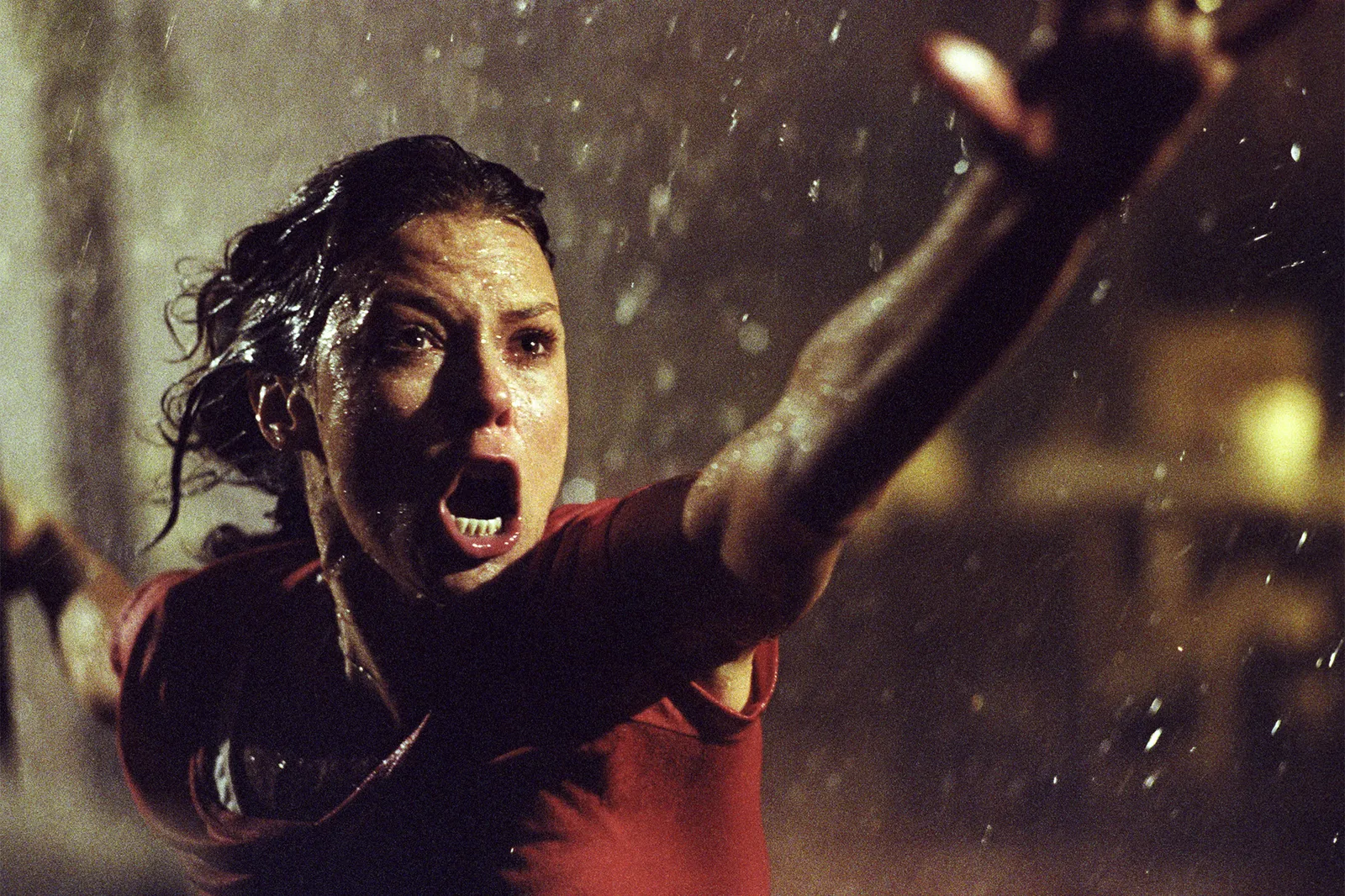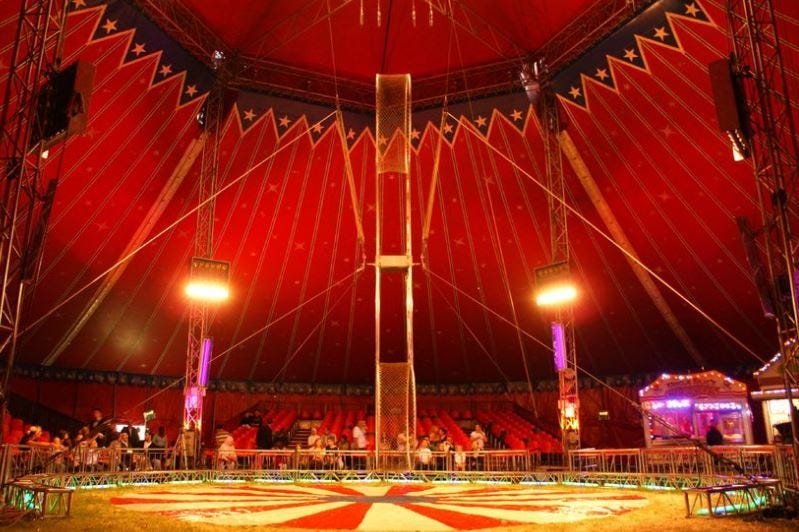In the annals of horror cinema, the 1982 supernatural thriller “Poltergeist” stands out not just for its gripping narrative and groundbreaking special effects, but also for one of the most unsettling facts about its production. Directed by Tobe Hooper and produced by Steven Spielberg, the film tells the story of the Freeling family, whose suburban home is invaded by malevolent ghosts that abduct their youngest daughter. Among the most memorable scenes is one featuring skeletons emerging from the family’s swimming pool, a moment that has since become iconic in horror film history. What many fans may not realize, however, is that the production used real human skeletons in this and other scenes, a choice that has fueled both fascination and controversy.
The Choice for Authenticity
The decision to use real skeletons was not as unusual at the time as it might seem today. In the early 1980s, the cost of high-quality fake skeletons was considerably higher than purchasing genuine human remains, which were available through medical supply companies. These skeletons were intended for medical research and study, but their availability made them a practical option for filmmakers needing an authentic look without the budget for custom-made props.
Ethical Considerations and Industry Standards
The use of real human skeletons in “Poltergeist” raises questions about the ethical standards of film production, especially in regards to respecting human remains. At the time, there were no clear regulations or standards in the film industry regarding the use of human remains as props. This lack of guidelines allowed for such decisions to be made primarily on a cost basis. However, the public revelation that real skeletons were used in “Poltergeist” has since sparked debates about respect for the dead and prompted changes in how the industry approaches such sensitive materials.
The Curse of “Poltergeist”
Adding an eerie layer to the story is the so-called “curse” associated with the “Poltergeist” franchise, fueled by tragic events involving cast members and rumors about the use of real skeletons. Over the years, several cast members met untimely deaths under tragic or unusual circumstances, leading to speculation that the use of real human remains might have invited supernatural retaliation. While the notion of a curse is speculative and not based in verifiable fact, it has become a part of the film’s legend and adds a chilling dimension to its history.
Legacy and Impact
The legacy of “Poltergeist” and its decision to use real skeletons has had a lasting impact on the horror genre and the film industry. It serves as a fascinating case study in the lengths filmmakers will go to achieve authenticity, as well as the ethical considerations involved in such choices. Today, advances in special effects and changes in ethical standards have made the use of real human remains in film production unthinkable. However, the discussion around “Poltergeist” remains relevant as it highlights the evolving boundaries between artistic expression and moral responsibility.
In conclusion, the use of real skeletons in “Poltergeist” is a testament to the film’s commitment to authenticity, but it also raises important ethical questions. This decision has contributed to the movie’s enduring legacy as a horror classic, while also sparking a broader conversation about respect for the dead and the moral obligations of filmmakers. As we look back on this iconic film, we are reminded of the complexities and controversies that can lie behind the scenes of our favorite cinematic experiences.


